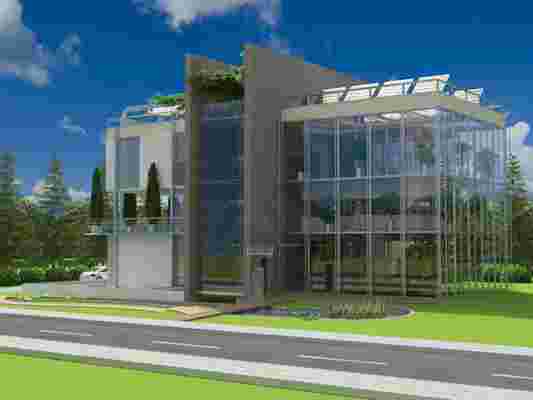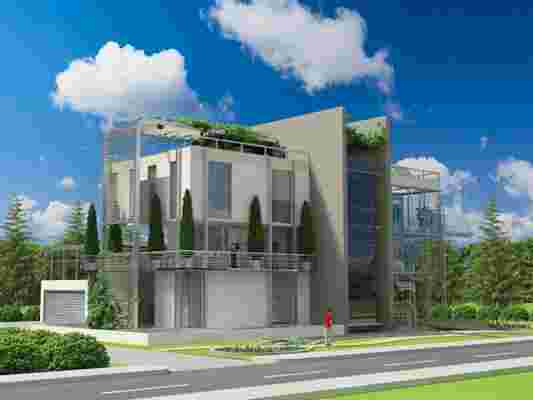Kenji Ido’s Tamatsu House in Osaka, Japan is wedged in an urban, mixed-used area of small factories and office buildings that coexist in lines of very vertical structures! A major problem with this type of close-construction is the sparse amount of natural light able to enter the house, thereby making an already small space seem smaller. To counteract this issue, a clever mixture of skylights and inclined walls break up both the space and incoming light. So effectively, in fact, that you’d have almost no idea the entire house is a mere 1000 square feet!
Designer: Kenji Ido
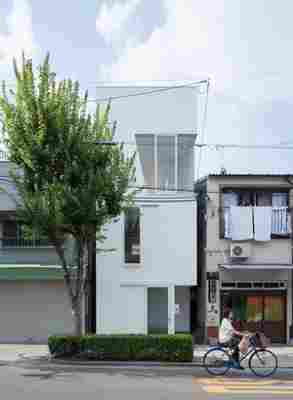
(adsbygoogle = window.adsbygoogle || []).push({});
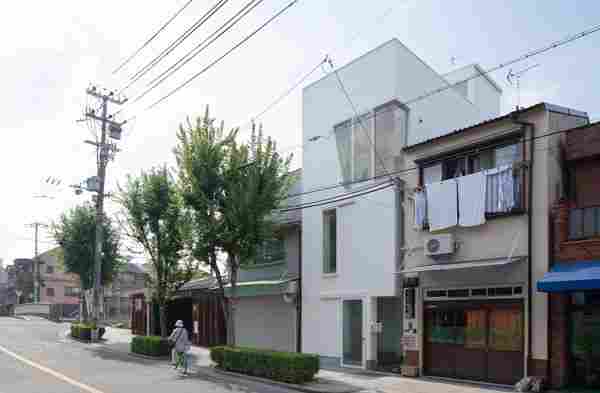
High-rise Hydroponic Farm
Aprilli Design Studio’s Urban SkyFarm is a living machine, helping improve environmental quality by filtering water & air, providing edible greens & producing renewable energy. Dense urban developments will benefit from the additional green space by feeling a reduction in heat accumulation, storm water runoff & carbon dioxide. As a net zero facility, its aim is to operate only with renewable solar & wind energy. Harvesting from hydroponic systems, vertical gardens & farming decks, all goods are processed & distributed directly on the farm!
The Urban SkyFarm is a vertical solution that utilizes hydroponic systems as substitution of soil-based agricultural extensions. By using the hydroponic system, the Urban Skyfarm can provide hundreds of light weight farming decks which can be conditioned with supplementary heating, lighting and moisturizing while having the natural light as the main resource.
In order to gain maximum exposure to sunlight, the vertical garden lifts the main outdoor vegetation area higher up in the air in a section known as the “leaf” where mostly medium-based hydroponic fruit trees and larger scale vegetables needing more exposure to outside air and sunlight can be produced. The lower portions are controlled indoor environments using solution-based hydroponic farming with artificial lighting which are more suitable for indoor products such as basil, arugula, bok choy, etc..
It also serves as a community garden hub where urban dwellers can easily visit, grow their own vegetations and participate in the final production by bringing it home or selling it to the community. The central food market will host local mobile farmer markets around the neighborhood which will circulate through the city to facilitate producing and trading local food products grown by the community.
Designer: Aprilli Design Studio
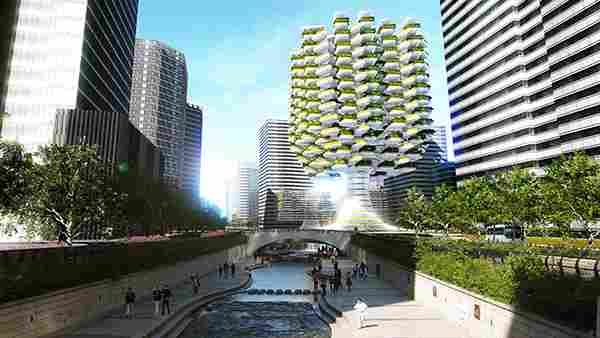
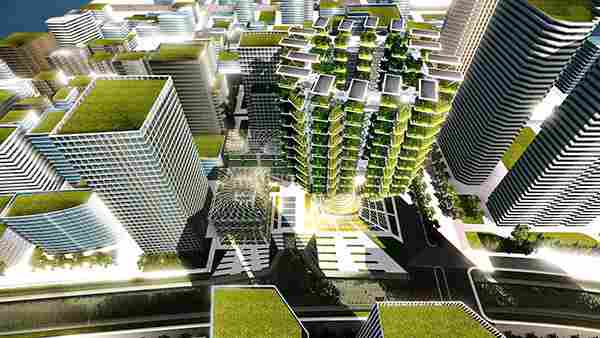
Self-Sustained Smart Structure
Villa Sera is a self-sustained structure that harnesses power from solar panels, collects rainwater and uses gray water for plants, creating a microcosm that not only reduces the carbon footprint but contributes to the ecological system. The architecture is structured with steel and glass elements to form a strong, modern and spacious building. Greenhouse sections with innovative heat and air circulation for organic farming and plant growing support biodiversity further extending its self sufficiency.
Designer: Hakan Gürsu of Designnobis
